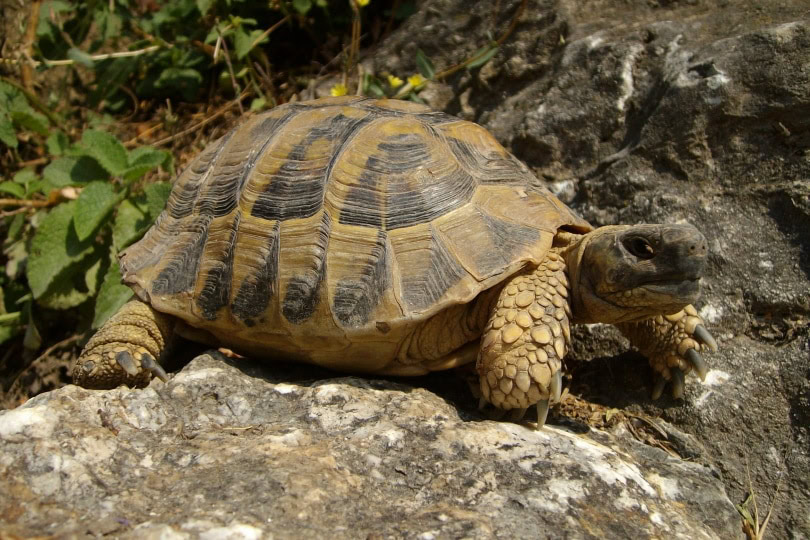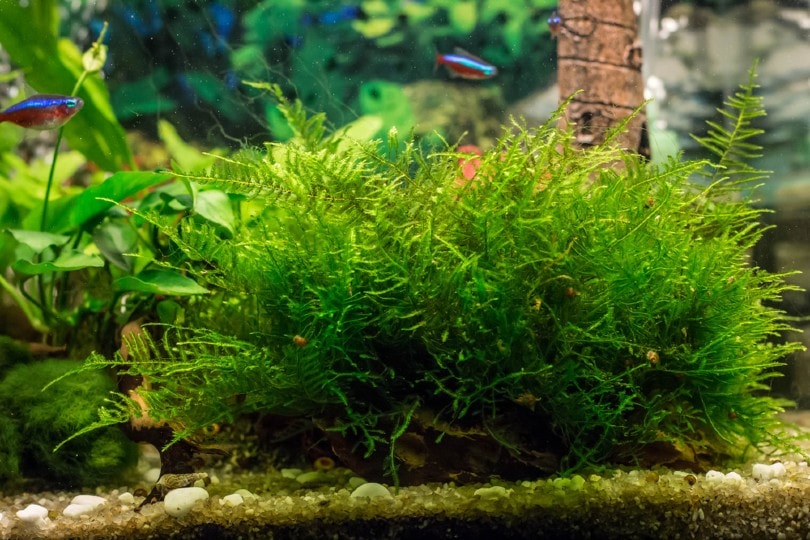Are you considering getting a tortoise as a pet? Or maybe simply hoping to learn more about these exciting creatures? While they look similar to turtles, tortoises aren’t quite the same, and there is a lot that most people don’t know about them. If you’re a reptile lover at heart, put your knowledge to the test by checking out a few of these interesting facts about tortoises.

The 19 Facts About Tortoises
1. All tortoises are turtles, but all turtles aren’t tortoises.
Yes, you did read that right. Although these two animals are related, they aren’t the same as one another. Turtles are shelled reptiles that belong to the Chelonii order. On the other hand, a tortoise simply refers to a type of terrestrial turtle. There are a few exceptions to this rule. For example, there is a type of land-dwelling box turtle. But for the most part, turtles are aquatic, and tortoises aren’t.
An easy way to tell the difference between these two animals is by looking at the shells and feet. Aquatic turtles have webbed flippers and long claws with flatter shells. A tortoise’s feet are stubby with larger, domed shells.
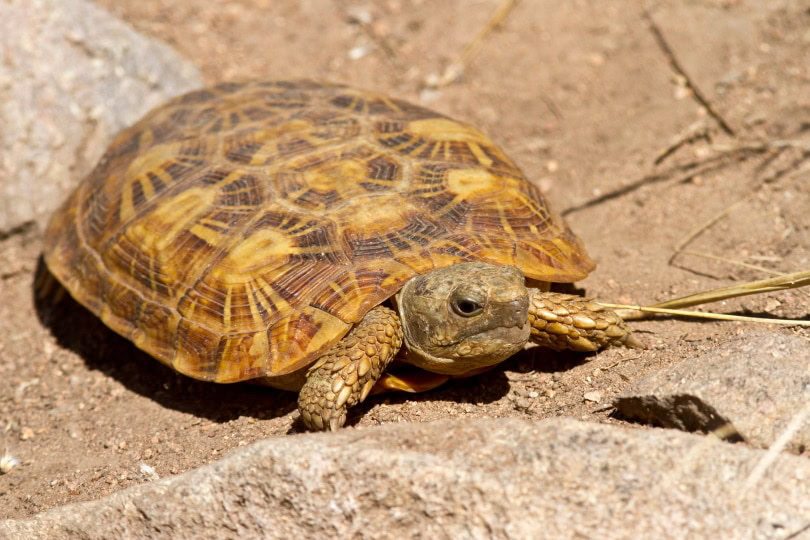
2. Tortoises are ancient.
It’s a little hard to believe, but it’s true that tortoises have been roaming Earth for over 55 million years.
3. A creep is what you call a group of tortoises.
It isn’t common to see a creep because tortoises are solitary animals that roam around a lot. Some mothers are protective of their nests, though, so you can occasionally spot a creep if she decides to stick around. Still, she doesn’t tend to her young once they hatch.
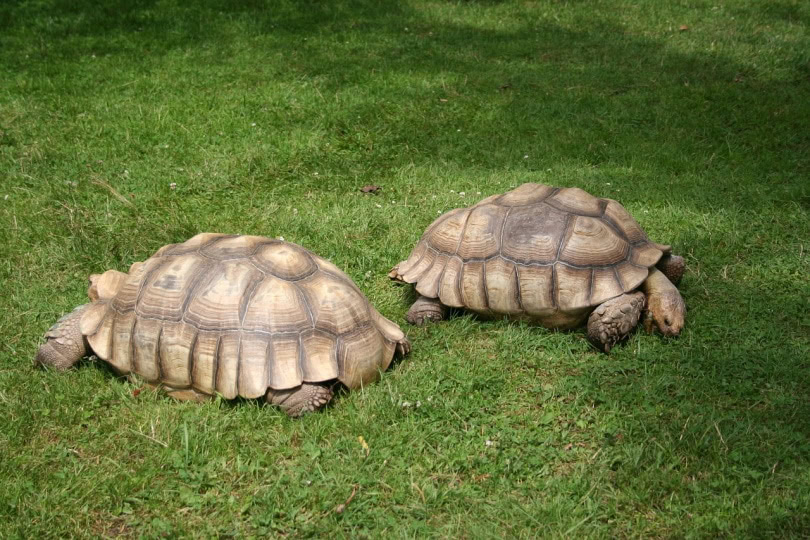
4. They live a very long time.
Even in the wild, healthy tortoises can live up to 150 years. There are a rare few that have even lived longer than 200 years.
5. They live in almost all climates.
You are able to find tortoises on all continents except Antarctica, in climates that are warm enough for them to breed.
6. They have over 60 bones in their shells.
Each bone in a tortoise’s shell is connected to one another. It doesn’t look like it, but they are also able to feel when their shells are touched because of the nerve endings in them.
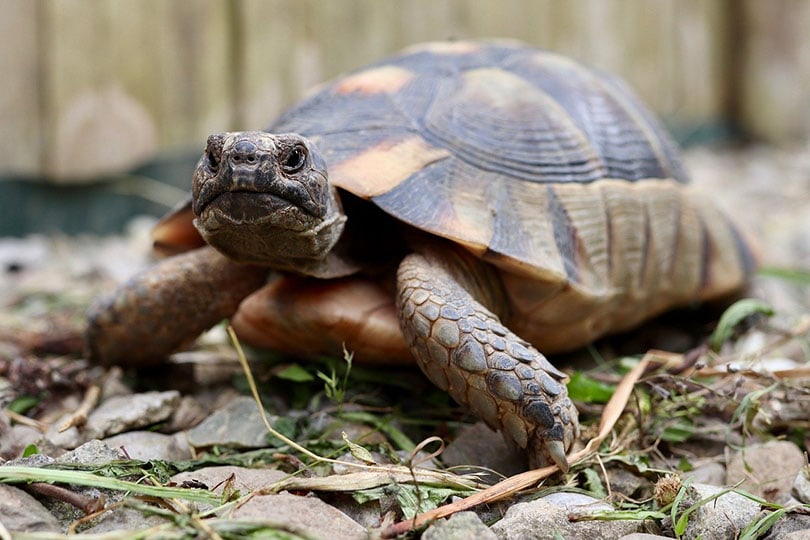
7. Weather determines sex.
The sex of a tortoise inside of an egg isn’t determined right away. The weather plays a significant role in the sex of the hatchlings. When it’s cold, more males are born. When it’s warm, more females are born.
8. They are incredibly slow.
Okay, maybe you already knew this, but for moving at only 0.2 miles per hour, they somehow travel up to 4 miles every day.
9. Weather changes their shell colors.
Weather doesn’t only play a role in their sex, but also the colors of their shells. Tortoises found in hot, desert climates have lighter colored shells to reflect light, and cooler climates produce darker colors that absorb more heat.
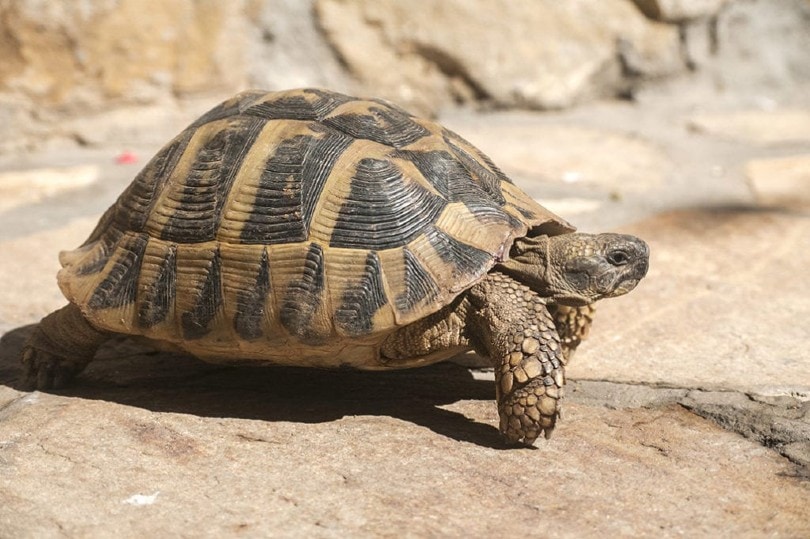
10. Tortoises cannot swim.
You would think that being a type of turtles would help them be a master swimmer, but tortoises cannot swim. They can, however, hold their breath for up to half an hour.
11. They smell with their throats.
A lot of reptiles, include tortoises, use their throats to smell instead of their noses. They have a vomeronasal organ on the roof of their mouths and pump air through the nose and around the mouth to use it.
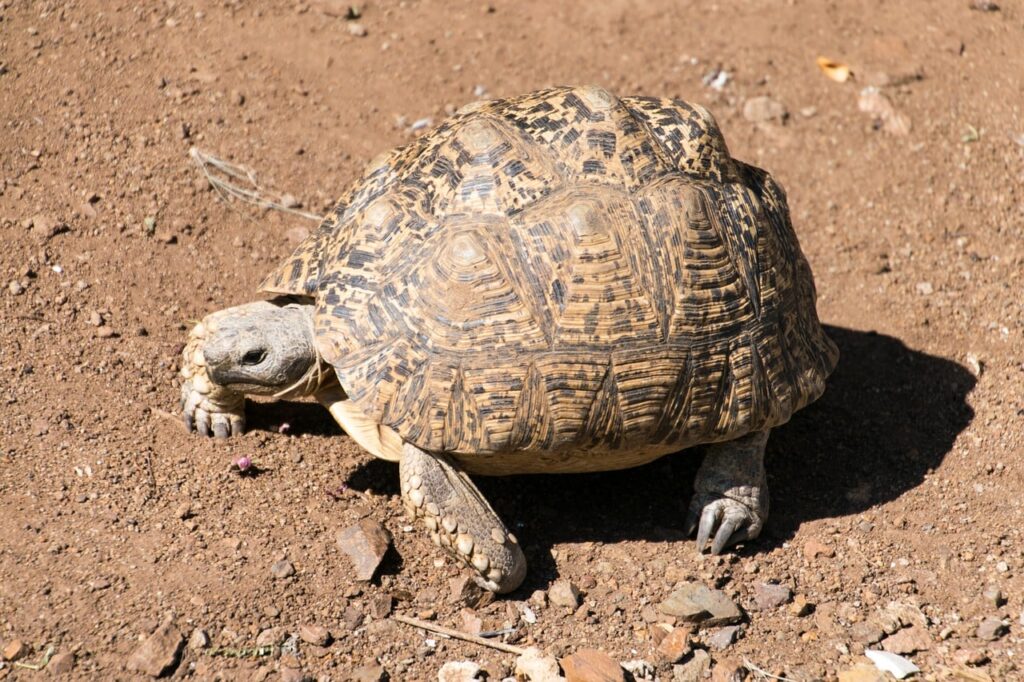
12. They don’t have teeth but still chew their food.
Even without teeth, the sharp edges of their upper and lower jaws help them clamp down on food. Their tongues guide the food to the rear of their mouths for them to swallow.
13. They have two skeletons.
Tortoises have both an exoskeleton and an endoskeleton. You may not see it from the outside, but inside the tortoise’s body is a spine, collar bone, and ribs.
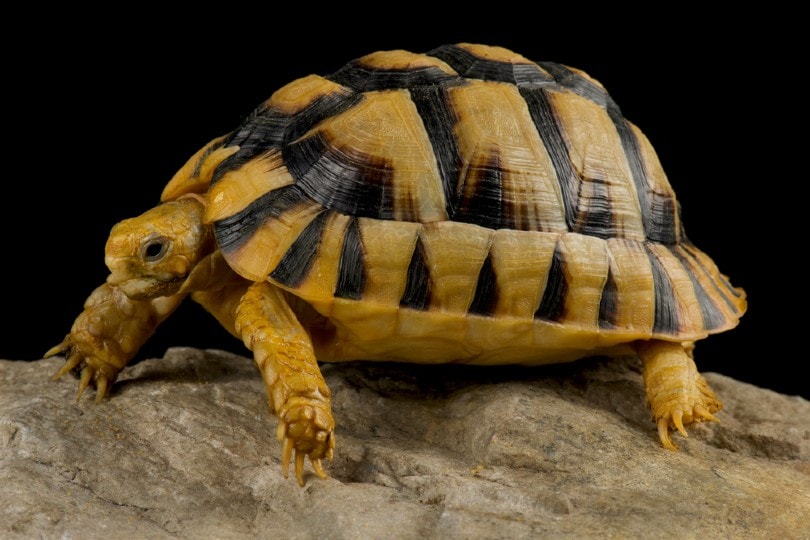
14. Tortoise scales are called scutes.
Scutes are made of keratin, the same thing our fingernails are made from. The scutes protect the tortoise’s bone plates and keep them from being injured and getting infected. You can also see growth rings around the scutes that tell you how old they are, like tree rings.
15. Sulcatas are some of the biggest tortoise species.
Sulcata tortoises live over 100 years and can weigh nearly 200 pounds. These gentle giants are the third largest in the world and the most popular choice for a pet. They are only smaller than the Galapagos and Aldabra giant tortoises.
16. Charles Darwin and Steve Irwin once cared for the same tortoise.
Is that timeline accurate? You betcha! Darwin collected a tortoise and named her Harriet back in 1835. She eventually wound up in the Australian Zoo that was founded by Irwin’s parents. She didn’t pass away until 2006, which was the same year that Irwin died.
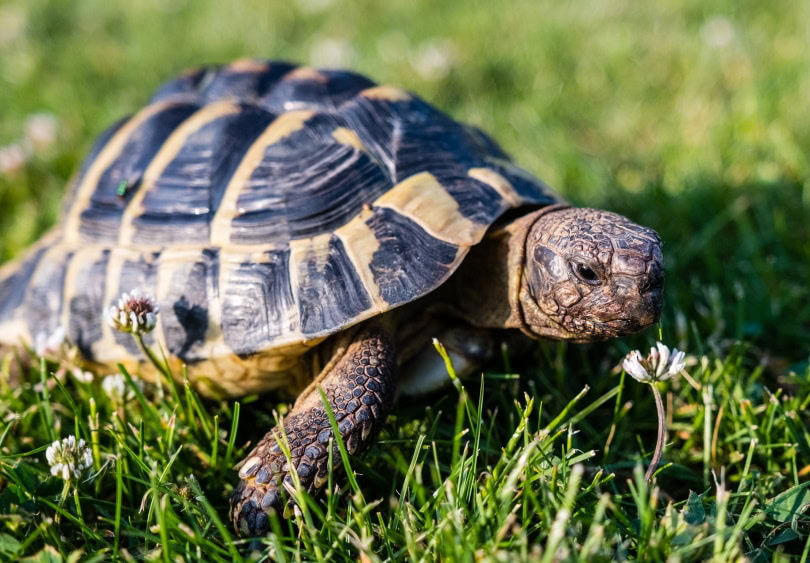
17. They survive on very little.
Tortoises are masters at extracting even the smallest amount of food and water from each bite of food they take. They have a hindgut system with a double digestive tract that separates water from their waste when sources are scarce.
18. They reach sexual maturity by size instead of age.
It doesn’t matter how long they’ve been alive; tortoises are only sexually mature when they reach a certain size. Each species’ sexual maturity size differs.
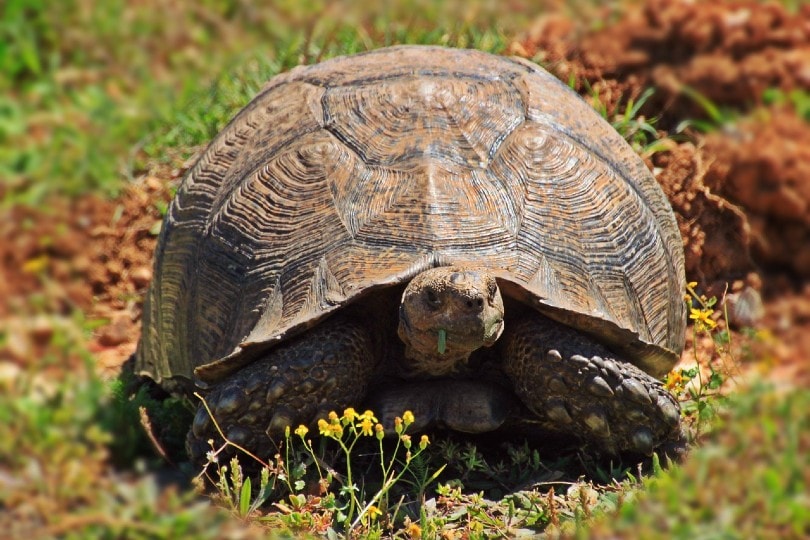
19. They’re smarter than we think.
There was a study conducted in 2006 that places a rat and tortoise in the same maze. The reptile came out on top by navigating its way to the food source and never returning to the same area twice.


Conclusion
If you’re a reptile nerd, then you may have heard one or two of these facts, but we bet you didn’t know all of them. Tortoises are interesting creatures, and there is a lot more to learn about these fascinating animals. We hope that this article full of fun tortoise facts has helped you understand these creatures and given you a deep appreciation for their unique evolutions.
See Also:
- How Tortoises Mate: Vet-Reviewed Breeding Habits Explained
- 5 Best Substrates for Russian Tortoises – Reviews & Top Picks
Featured Image Credit: Piqsels
Contents
- The 19 Facts About Tortoises
- 1. All tortoises are turtles, but all turtles aren’t tortoises.
- 2. Tortoises are ancient.
- 3. A creep is what you call a group of tortoises.
- 4. They live a very long time.
- 5. They live in almost all climates.
- 6. They have over 60 bones in their shells.
- 7. Weather determines sex.
- 8. They are incredibly slow.
- 9. Weather changes their shell colors.
- 10. Tortoises cannot swim.
- 11. They smell with their throats.
- 12. They don’t have teeth but still chew their food.
- 13. They have two skeletons.
- 14. Tortoise scales are called scutes.
- 15. Sulcatas are some of the biggest tortoise species.
- 16. Charles Darwin and Steve Irwin once cared for the same tortoise.
- 17. They survive on very little.
- 18. They reach sexual maturity by size instead of age.
- 19. They’re smarter than we think.
- Conclusion
